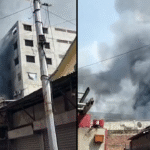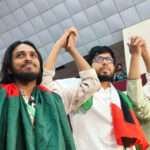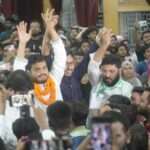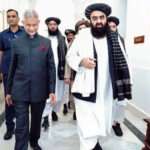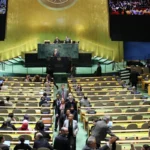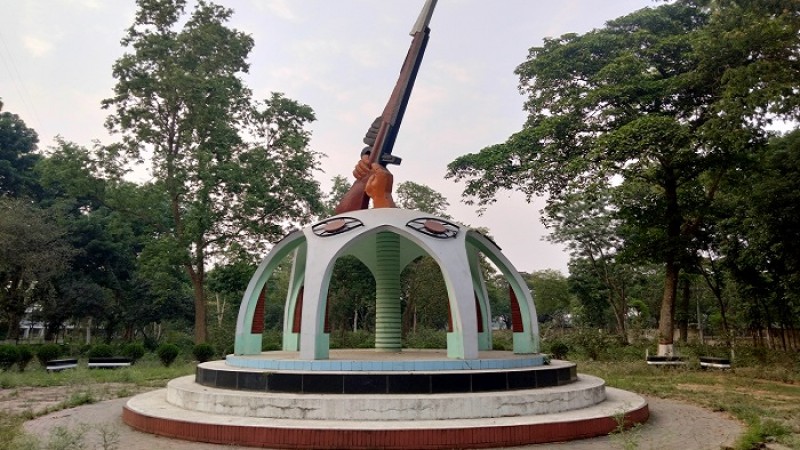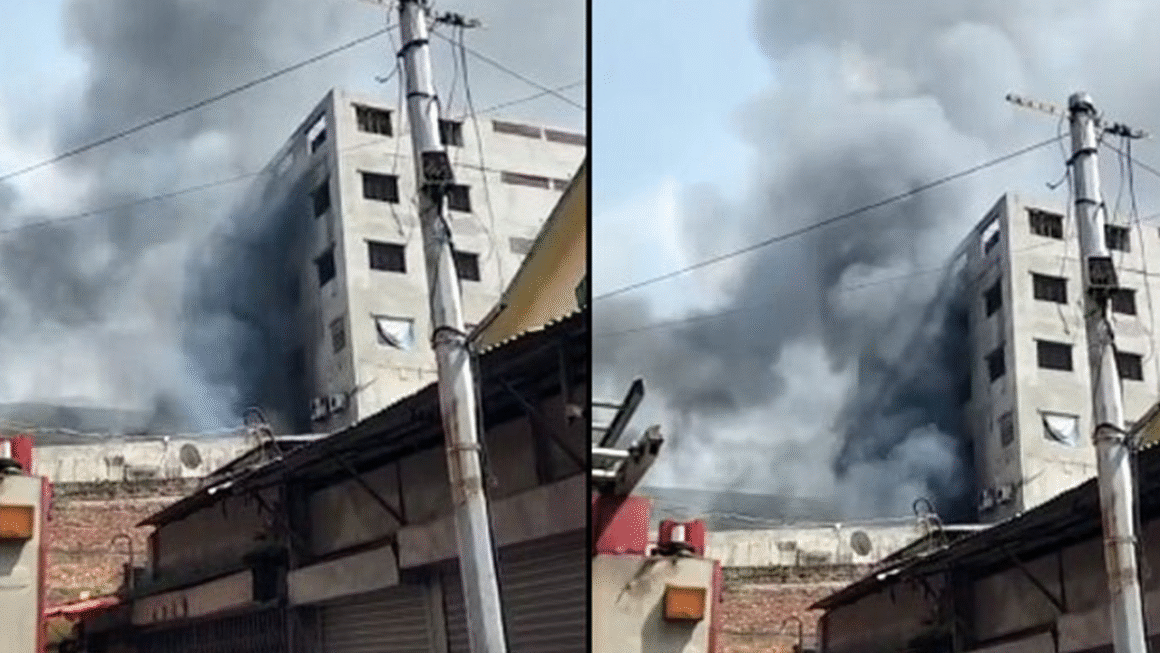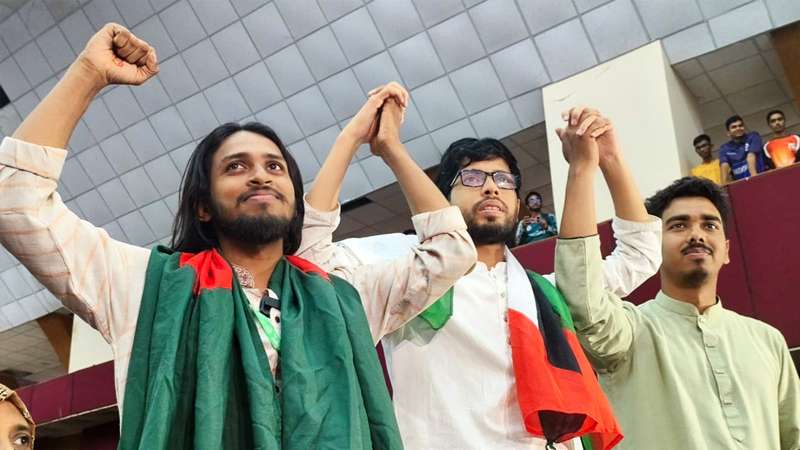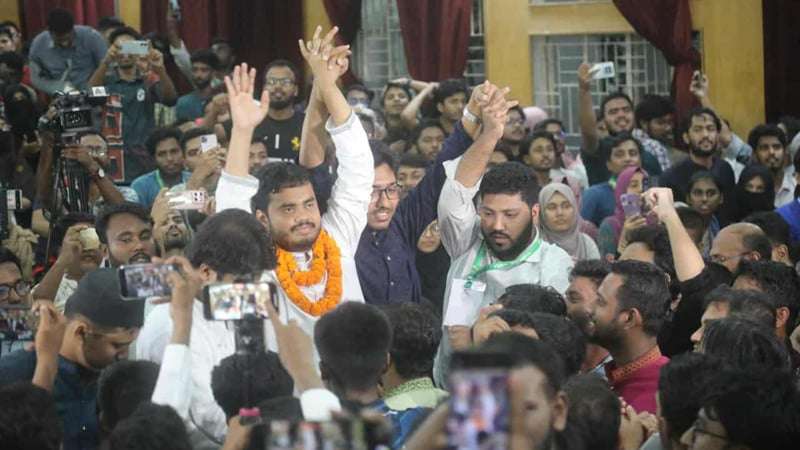Introduction-
The Muktijuddher Smriti Vaskarjo ‘Muktobangla’, translated as Liberation War Memorial ‘Muktobangla’, is a majestic monument that embodies the spirit and sacrifices of the Bangladesh Liberation War of 1971. Located at the heart of Islamic University in Kushtia, this sculpture stands as a visual narrative of the struggles, dreams, and ultimate triumph of the Bangladeshi people.
Beyond its architectural grandeur, Muktijuddher Smriti Vaskarjo ‘Muktobangla’ plays a vital role in educating new generations about the cost of freedom and the ideals on which Bangladesh was founded.
Historical Background-
The 1971 Liberation War of Bangladesh was one of the most significant events in South Asian history, where millions of people sacrificed their lives for independence from Pakistan. In memory of this glorious fight and its martyrs, various monuments were built across the country.
Among these, Muktobangla is distinct due to its intellectual and artistic depth. The sculpture was built under the initiative of the Islamic University authorities and was designed to be not just a static monument, but a visual textbook of the Liberation War.
It was officially unveiled on 16th December 1996, Bangladesh’s Victory Day, making it an iconic landmark that celebrates the legacy of victory and freedom.
Location and Accessibility-
The Muktijuddher Smriti Vaskarjo ‘Muktobangla’ is situated inside the campus of Islamic University, Kushtia, in the southwestern region of Bangladesh.
- Nearest City: Kushtia
- Distance from Dhaka: Around 230 kilometers
- How to Get There:
- By bus: Regular buses operate from Dhaka to Kushtia.
- By train: Poradaha station is the nearest railway station.
- Local transport like rickshaws or CNGs can be used from Kushtia town to the university campus.
Architectural Design and Symbolism-
Designed by renowned artist Mahmudul Hasan Shohag, Muktobangla is rich in symbolic elements that represent various aspects of the war and the culture of Bangladesh.
Core Design Features:
- Structure Type: Triangular prism-shaped sculpture
- Height: Approximately 50 feet
- Materials Used: Brick, concrete, and mosaic
- Main Theme: Depicts the seven sectors of the Liberation War
Symbolism in Design:
- Bayonet and Rifle: Represents the armed struggle of freedom fighters.
- Red Sun: A metaphor for rising freedom and the bloodshed in war.
- Books and Pen: Symbolize the intellectual awakening and student participation.
- Plough and Gear: Denote the farmers and workers who supported the movement.
- Flame of Freedom: Eternal flame at the center, honoring the martyrs.
Each side of the monument holds a different piece of the liberation story—whether it’s the refugee crisis, the struggle of women, or the battle cries of revolution. Muktobangla is not just a sculpture; it’s a living history book.
Educational and Cultural Value-
The Muktobangla sculpture serves as- a cornerstone for academic and cultural activities related to history and nationalism:
- Study Tours: Schools and colleges bring students for guided tours to learn about the Liberation War.
- Victory Day Celebrations: The university organizes cultural programs, seminars, and candlelight vigils.
- Art Exhibitions: Local artists often showcase work inspired by the monument and the war.
This site helps cultivate patriotism and historical consciousness among youth.
Impact on Society-
The sculpture has had a lasting impact on:
- Students and Scholars: As a focal point for educational research on the Liberation War.
- Artists and Architects: For its unique representation of patriotism through modern sculpture.
- Citizens of Bangladesh: Instilling pride and reminding them of their heritage and identity.
Muktobangla and the Spirit of 1971-
Unlike many war memorials that focus solely on grief or loss, Muktobangla captures the spirit of resistance, unity, and hope. It is built to energize rather than sadden, to inspire action rather than passive remembrance.
The integration of the six core elements of society—peasants, students, intellectuals, workers, women, and freedom fighters—within the structure mirrors the collective nature of Bangladesh’s struggle for freedom.
Events and Activities at Muktobangla-
Throughout the year, several important national and cultural events are held at the Muktobangla premises:
- March 26 (Independence Day): Rally, cultural shows, poetry recitations
- December 16 (Victory Day): Parade, candle lighting, and freedom fighter tributes
- 21 February (International Mother Language Day): Tribute to language martyrs
Visitors also enjoy photography, sketching, and reflective walks around the monument.
Visitor Experience-
When visiting Muktobangla, one can expect:
- Peaceful ambiance inside a green campus
- Guided tours by university history department students
- On-site plaques explaining the meaning of different features of the sculpture
- Photography spots capturing different angles of the monument
Best Time to Visit-
The ideal time to visit Muktijuddher Smriti Vaskarjo ‘Muktobangla’ is during winter months (November to February) when the weather is pleasant and major national events like Victory Day are observed.
However, you may also plan visits around:
- March 26 (Independence Day)
- December 16 (Victory Day)
- National University Festivals and Debating Events
These dates allow you to witness the sculpture in its full patriotic glory, surrounded by people paying homage to the spirit of 1971.
Conclusion-
Muktijuddher Smriti Vaskarjo ‘Muktobangla’ is more than a monument—it’s a profound expression of a nation’s history, sacrifices, and aspirations. Located within a university known for its academic excellence, it stands as a silent teacher, continuously reminding us of the cost of freedom and the value of unity.
Whether you’re a historian, a student, or just a curious traveler, this Liberation War memorial is a must-visit for anyone wanting to understand the soul of Bangladesh.
Its design, symbolism, and atmosphere combine to create a timeless tribute to the heroes of 1971. If you’re exploring Bangladesh’s historical and cultural treasures, don’t miss Muktobangla—where every brick whispers a story of liberation.
Frequently Asked Questions (FAQs)-
What is Muktijuddher Smriti Vaskarjo ‘Muktobangla’?
It is a sculpture commemorating the Bangladesh Liberation War of 1971, located at Islamic University, Kushtia.
Who designed Muktobangla?
The monument was designed by artist Mahmudul Hasan Shohag.
When was Muktobangla inaugurated?
It was unveiled on December 16, 1996, the Victory Day of Bangladesh.
Where is Muktobangla located?
It is situated inside the campus of Islamic University, in Kushtia District.
What does the sculpture represent?
It represents different sectors and contributors of the Liberation War, including students, workers, farmers, and freedom fighters.
Can the general public visit the monument?
Yes, the monument is open to all visitors, though entry into the university may require registration on certain days.
Is there any entry fee?
No, entry to Muktobangla is free of charge.
What is the best time to visit?
The best time to visit is from November to February, particularly on national days like Victory Day and Independence Day.
Are guided tours available?
Not officially, but university students often help visitors with historical background and explanations.
Is Muktobangla maintained by the government?
It is maintained by Islamic University authorities under their cultural and heritage development programs.

